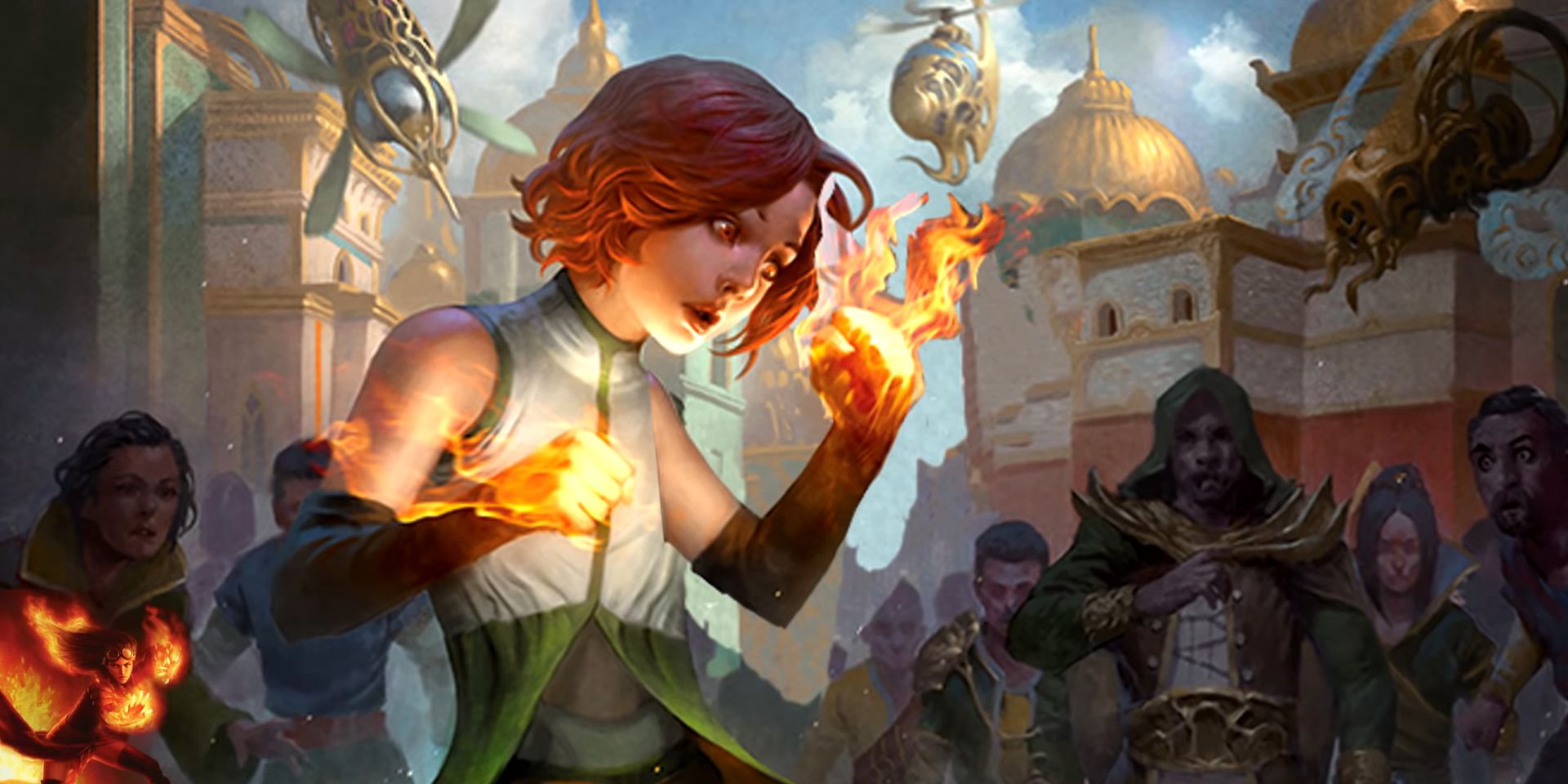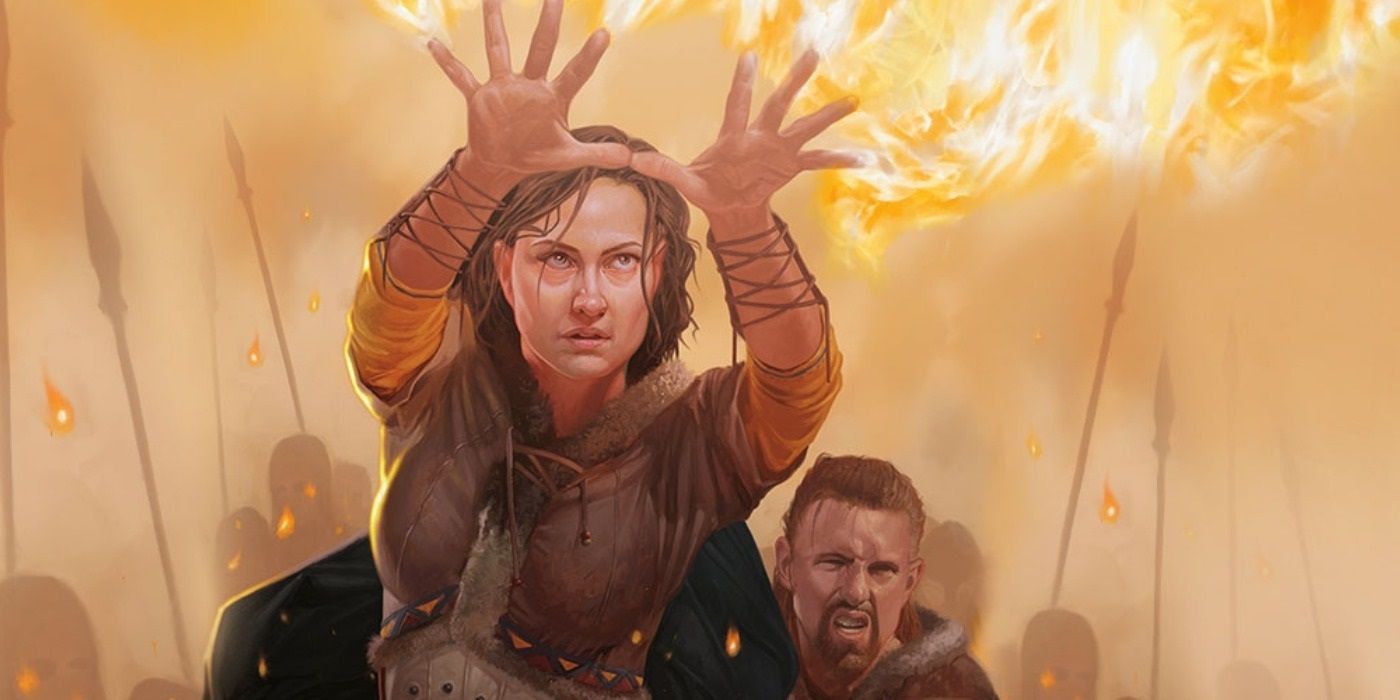Dungeons & Dragons' six stats - Strength, Dexterity, Constitution, Intelligence, Wisdom, and Charisma - are used to represent character attributes, and they have since the game was first devised. But D&D once had an optional seventh stat called Comeliness that determined a character's physical beauty as part of the rules, but it was eventually dropped.
There was a long period of time when Charisma was considered to be a dump stat, with the exception of Paladins, who needed a 17 in Charisma to even take on the class in the first place. Charisma became a lot more important in the third edition of D&D, when it was tied to the abilities of several classes, and the new Skill system made it easier to influence people through checks.
Charisma is important to many D&D classes, but some fans wonder how far it goes into defining a person. Does a high Charisma score automatically mean the character is physically attractive? The first edition of D&D had an optional rule in Unearthed Arcana that tried to differentiate between a character's physical beauty and the strength of their personality. However, it was dropped before the third edition of D&D was released.
Beauty Vs. Personality
Comeliness tracked characters' physical attractiveness to others. It was treated like any of the main stats, with players rolling 3d6 at character creation to determine their Comeliness. This was before the days of Dungeons & Dragons Standard Array, where players could use pre-assigned scores. A character would receive a bonus or penalty to their Charisma score, based on their race, with half-orcs taking a -3 and high elves receiving a +2. A high Comeliness score had an effect similar to the fascinate spell, allowing the character to entrance those around them with their beauty. The disconnect from Charisma meant that there could be D&D characters who were beautiful but also difficult to deal with. The opposite was also true, as a character could be hideous, yet extremely compelling and persuasive.
Comeliness was always treated as an optional rule, even when it was revived in the Advanced Dungeons & Dragons era. The stat was never introduced in the third edition era and hasn't been since, though it's easy to bring back with Dungeons & Dragons homebrew rules. The issue with Comeliness is that it causes more problems than it introduces. It generally wasn't used as often as Charisma, to the point where it mostly acted as a defined point for how attractive the character could be to others. The other issue is that not all characters are going to find the same things attractive. Not all characters are going to find elves attractive or orcs hideous. Comeliness couldn't even begin to capture the many facets of what a character might find attractive in another, which is why it hasn't been a part of Dungeons & Dragons for so long. It's usually easier for players and DMs to determine a character's appearance at creation, but restrict any in-game applications to Charisma.


